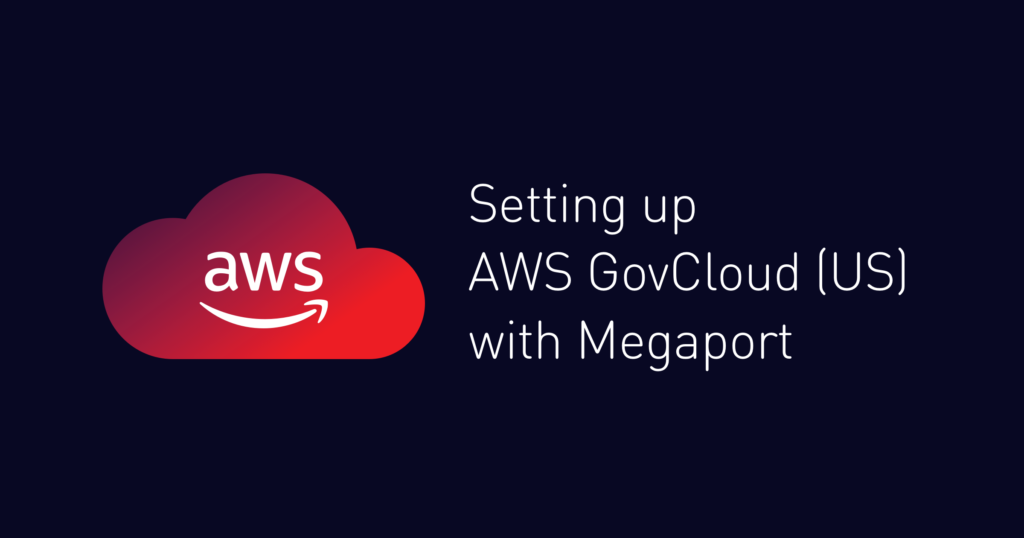
A Guide to Colocation Data Centers
- Cloud networking
- July 28, 2025
- RSS Feed
By Dustin McCumber, Head of Solutions Architecture - NAM
We explore what colocation data centers are, the trends driving their adoption, their benefits, and how Megaport can underpin your colocation strategy.
Table of Contents
What is a colocation data center?
A colocation data center, often referred to as a “colo,” is a facility where businesses can rent space in the form of racks to house their servers and other computing hardware. Instead of maintaining their own data centers, companies simply place their equipment in this shared facility, benefiting from the infrastructure and features this facility provides:
- Physical space: Available spaces can range from individual server racks to dedicated cages or even private suites.
- Power supply: Reliable and redundant power sources ensure continuous operation.
- Cooling systems: Advanced HVAC systems maintain optimal equipment temperatures.
- Security measures: Strict physical and digital security protocols protect your assets.
- Connectivity: Access high-speed internet and networking services from within the facility. Most major colo providers are carrier-neutral.
Difference between regular and colocation data center
A data center is simply a storage center containing the servers and networking equipment needed to power and connect to cloud services, other data centers, customer premises, and internet services. Providers like Equinix, Digital Realty, or CyrusOne may come to mind – these are all examples of colocation data centers, but not all data centers are colocation.
A data center is only considered a colo if you can rent space in it to house your hardware. There are other types, like:
- on-premises data centers owned by organizations for their sole use, housed in their own building or campus
- cloud data centers owned by cloud providers for the purpose of powering their cloud platform
- managed data centers which provide hosting and infrastructure services, unlike colocation where you build out a rack and own your server.
Types of colocation data centers
There are three main colocation data center types:
- Retail colocation: Lease a partial rack, full rack, or larger space inside these data centers. Retail is by far the most common colocation data center you’ll find.
- Wholesale colocation: If you require extensive rack space—for example, to run a global enterprise network—wholesale colocation allows you to lease space and power at a discount compared to standard retail rates.
- Managed colocation: This allows you to lease space the same way you would with retail or wholesale, but leaves management to the colo provider with add-on services like equipment procurement, monitoring and management, or backup and patching. Managed colocation differs from a standard managed data center where you do not lease physical space.
Colocation data centers may also be physically located close to major cloud on-ramps, 5G towers, or specific end users to support ultra-low latency for different functions.
Benefits of using colocation facilities
Using a colocation center for your connectivity offers several advantages:
- Performance: Leave maintenance, upgrades, cooling, and filtering to the colo provider and benefit from the performance provided by their state-of-the-art facilities.
- Cost efficiency: Sharing infrastructure reduces the capex associated with building and maintaining a private data center.
- Scalability: Easily expand or reduce your space and resources to align with business growth or changing needs, with the ability to adjust space term-to-term.
- Reliability: Benefit from highly-skilled onsite staff, backup power systems, safety systems (like fire suppression systems), and disaster recovery solutions (like redundant paths and power), cooling and ventilation.
- Flexibility: Access multiple carriers and cloud providers through your colocation data center to increase network flexibility and speed, as well as transition to multicloud, hybrid cloud, and cloud-native setups.
- Security: Strict access authorization requirements and surveillance measures protect your network equipment and data.
- Time management: By outsourcing data center management, your network and IT teams can concentrate on their primary business objectives.
Industry trends driving colocation adoption
Several trends are increasing the popularity of colocation data centers:
- Surging data demand: The exponential growth of data-intensive applications like AI and big data analytics have created the need for the scalable and high-performance infrastructure a colocation center can provide.
- Cost cutting: Building and maintaining in-house data centers is incredibly expensive. In the age of the shoestring budget, colocation can offer the resources businesses need at a fraction of the cost.
- Hybrid and multicloud strategies: If you’ve adopted a hybrid or multicloud approach to optimize performance, cost, and diversity, colocation centers are ideal for interconnecting to various cloud service providers with the presence of cloud on-ramps.
- Edge computing: The need for ultra-low-latency processing is driving the deployment of edge computing resources in colocation facilities, closer to end users.
- Sustainability initiatives: Colocation providers are investing in green energy and efficient technologies to meet corporate social responsibility goals and regulatory requirements.
- Regulatory compliance: Stringent data protection laws require secure and compliant data storage solutions, which colocation centers are well equipped to provide.
Who should use colocation data centers?
The benefits of colocation data centers aren’t limited to any single industry or business type. If your IT team is dealing with the following pain points, you may find colo is a great option for you:
- Custom or legacy hardware needs: If you’ve got specialized gear like GPUs, proprietary appliances, or legacy systems, colocation gives you a secure, stable environment to host them without building your own facility and scaling power and cooling.
- Enterprise network complexity: If you have a large, complex hybrid multicloud network, colocation supports reliability and performance by offering access to multiple carriers, low-latency cloud on-ramps, and access to Network as a Service (NaaS) providers like Megaport to reach even more global locations and deploy new use cases.
- On-premises setup squeeze: If you’re outgrowing your on-prem and running out of space, power, or cooling, colo is a great alternative to managing a full data center build as you keep full control over your stack while outsourcing the capex-heavy part.
- Strict compliance requirements: If your organization has to comply with strict security standards or industry regulations, a certified colocation facility helps you meet those requirements while allowing you to fully manage your data, encryption, and access.
- Cost instability: IT teams looking for predictable costs will prefer the stable opex cost structure of a colo to the unpredictable capex expenses associated with operating your own data center.
Challenges of using colocation facilities
While colocation offers numerous benefits, you should also be aware of a few potential challenges:
- Physical infrastructure: While colo is a great alternative to managing your own data center, there is still some infrastructure to manage. Startups or small businesses may not find this investment or overhead worth it, and instead opt for a fully virtual setup.
- Scaling: Rapid autoscaling is always easier in the cloud than in a physical point of presence. If you have dynamic workloads, ensure you use a suitable NaaS provider to virtualize these connections.
- Site selection: Finding suitable locations with adequate infrastructure and a lower risk of environmental issues (like natural disasters) is crucial, or your network performance and availability could suffer.
- Latency concerns: You still need to pay attention to how your connections are architected to keep latency low – for example, you may use private rather than public connectivity methods, diversify your on-ramps, and place resources close to your end users to optimize performance.
- Security risks: Your colo provider’s security features shouldn’t be solely relied on; shared facilities call for stringent security protocols to help protect against unauthorized access.
Megaport’s role in your colocation strategy
A resilient, private connectivity underlay plays a crucial role in maximizing the benefits of your colocation strategy.
Megaport Data Center Interconnect (DCI) enables organizations to establish private, high-performance connections between data centers, offices, and cloud environments across 1000 global enabled locations.
Leveraging Megaport’s software-defined network, you can use Megaport DCI for the rapid provisioning of scalable Layer 2 connections, with bandwidth options ranging from 1 Mbps to over 100 Gbps. These on-demand connections bypass the public internet to ensure performance, security, and reliable connectivity, from across a metro to across continents. Plus, you can manage it all via our simple portal or APIs.
Conclusion
For businesses seeking scalable, reliable, and cost-effective IT infrastructure, colocation is an option worth exploring – especially if they’re adopting hybrid, multicloud, and regionally diverse networks.
By partnering with Megaport, you can support your colocation strategy with flexible, high-performance connectivity solutions tailored to your exact needs. Book a free demo with us to discover how we can simplify your network.





